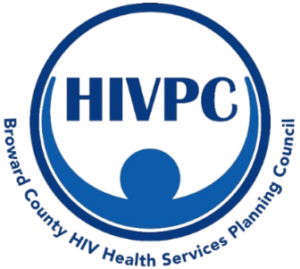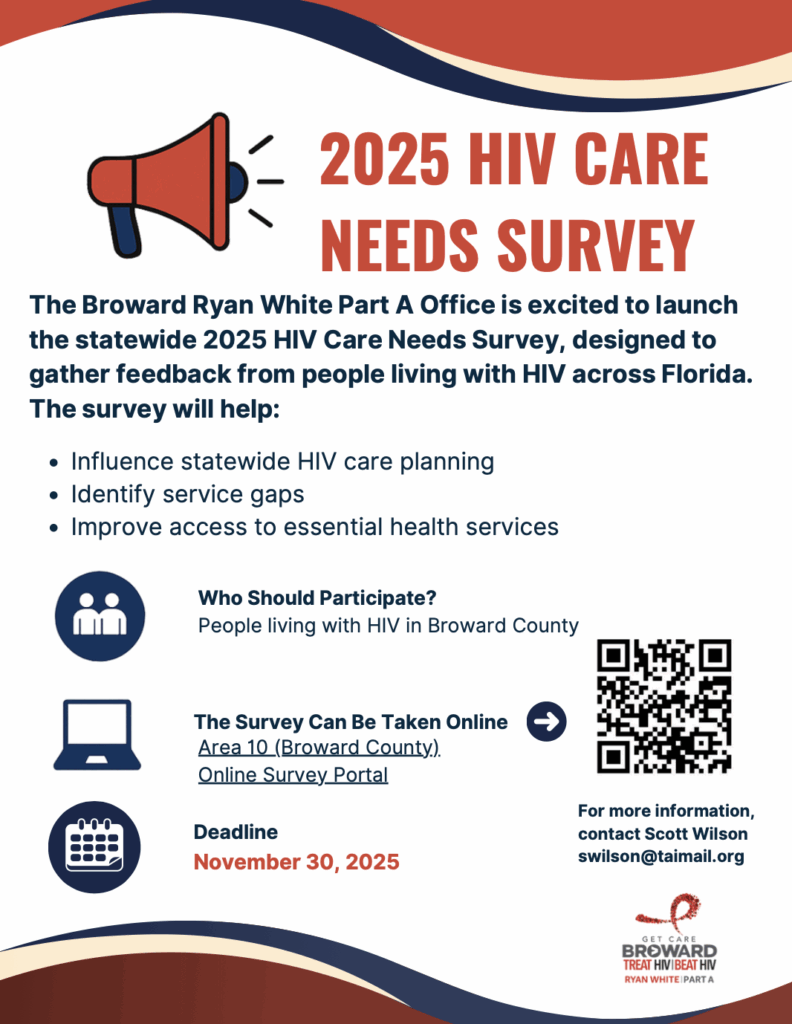- HIV Health Service Planning Council
- Meet our Chair and Vice Chair
Chair and Vice Chair Biographies

Lorenzo Robertson
Planning Council Chair March 1, 2022 – February 28, 2026
Lorenzo Robertson is the current Chair for the Broward County HIV Health Services Planning Council and the executive director for the Ujima Men’s Collective for Black same gender loving men and those that love and support them. He is a tireless HIV/AIDS and Gay advocate and activist.
He has experience with the planning council, CEC committee chair, and the PSRA Committee Chair. He has vast experience with the planning council at the local and state level. In addition, he is also a member of the Broward County Prevention Planning Council and SFAN (South Florida AIDS Network).
Lorenzo is an author, poet, and actor. He wrote his first novel, “Detached” which focuses on a man with a knack for helping people with their problems while his life spirals out of control. He also published his first book of eclectic essence: poetry for the mind, body, and spirit, which enlightened readers. He also has a one-man show, me, myself, and I, which weaves his poetry and monologues into a compelling show about sex, drugs, and loving life. Conducting final edit on an anthology about Black same gender loving men in South Florida. He received a proclamation from the City of Wilton Manors for his work and dedication to uplifting Black people and causes for change.
Lorenzo founded BrothasSpeak, a discussion group for Black Gay men in West Palm Beach and Fort Lauderdale. Additionally, he is the conference coordinator for the Ujima Men’s Collective Conference for Black same gender loving men and those that love and support them. He currently resides in North Lauderdale with his husband, Derald.
Von Biggs is the current Vice Chair for the Broward County HIV Health Services Planning Council and a Disruptive Advocate who believes in daring to challenge outdated perceptions, demanding justice, and fearlessly fighting for the rights and dignity of those affected by HIV. Von is the Community Outreach Coordinator for HIV Self-Testing at Holy Cross Health.
His focus is on smashing the stigma surrounding HIV/AIDS by confronting misinformation head-on, fearlessly debunking myths, and empowering people with knowledge by leveraging social media, innovative campaigns, and unconventional methods. He aims to reach a broader audience and spark conversations that challenge societal norms. His experience as a Ryan White services recipient and a person that “HIV lives with” has propelled Von in his solution-based advocacy that addresses the disconnect, stigma, and barriers to care


 Complete the survey online by clicking
Complete the survey online by clicking